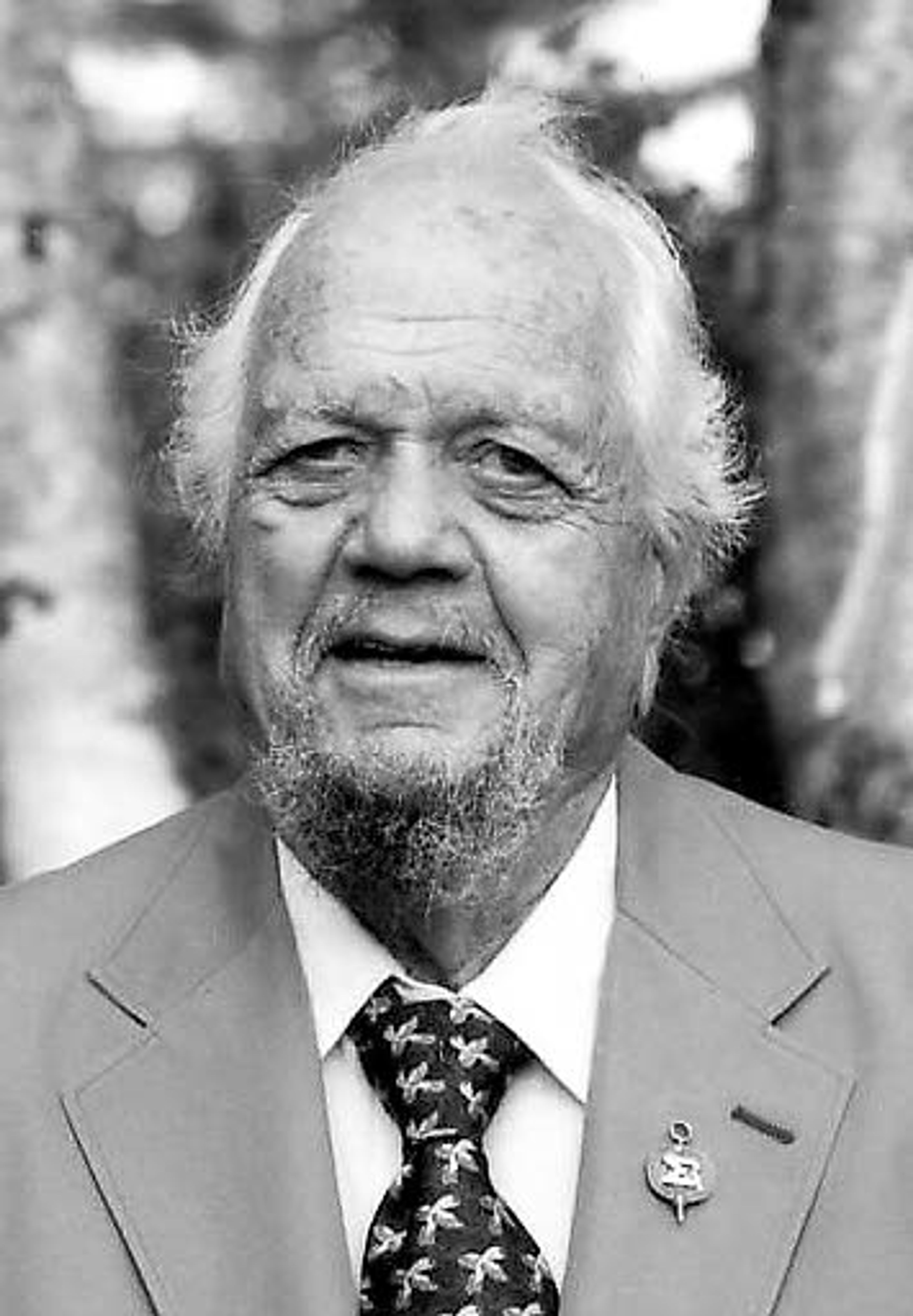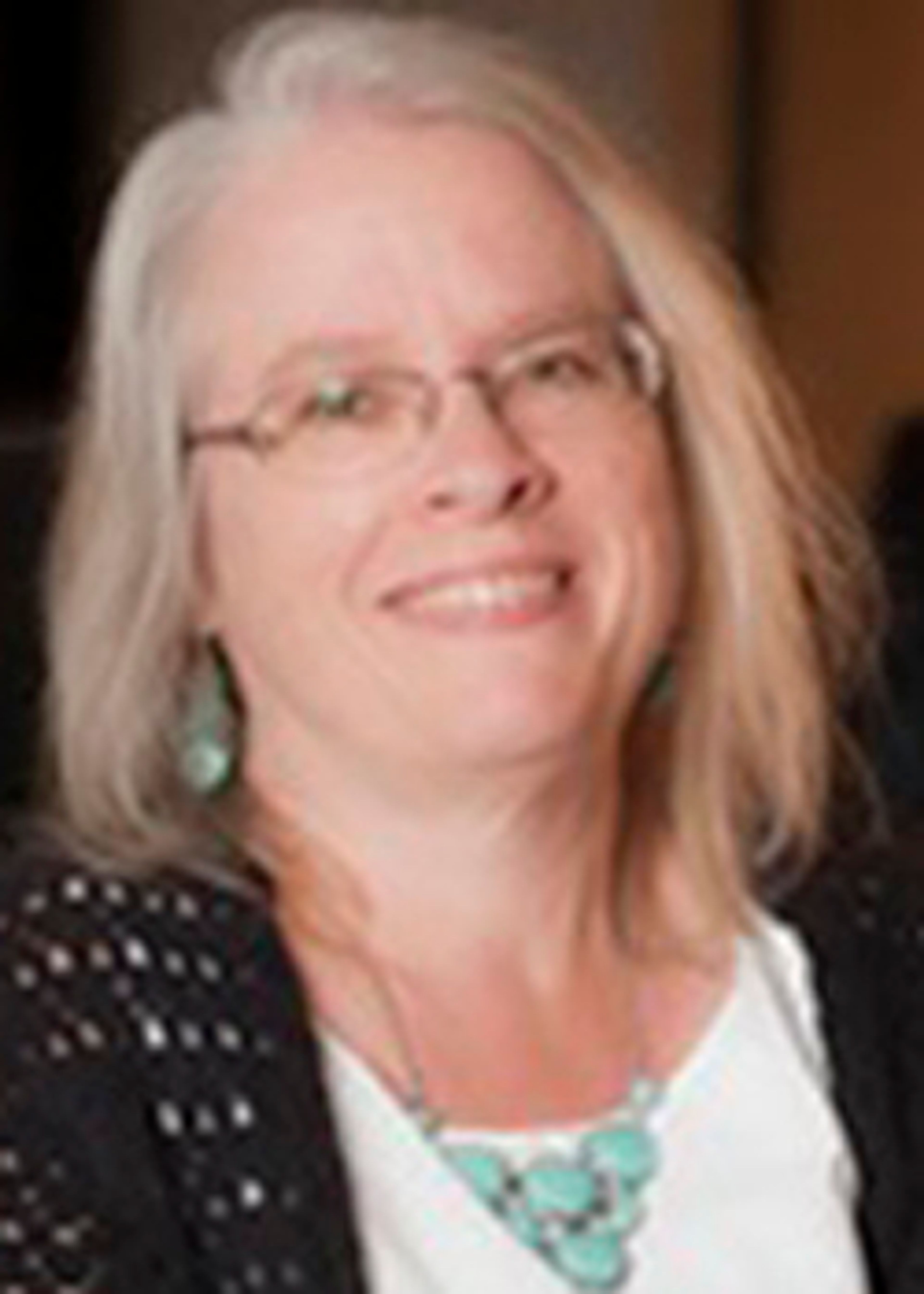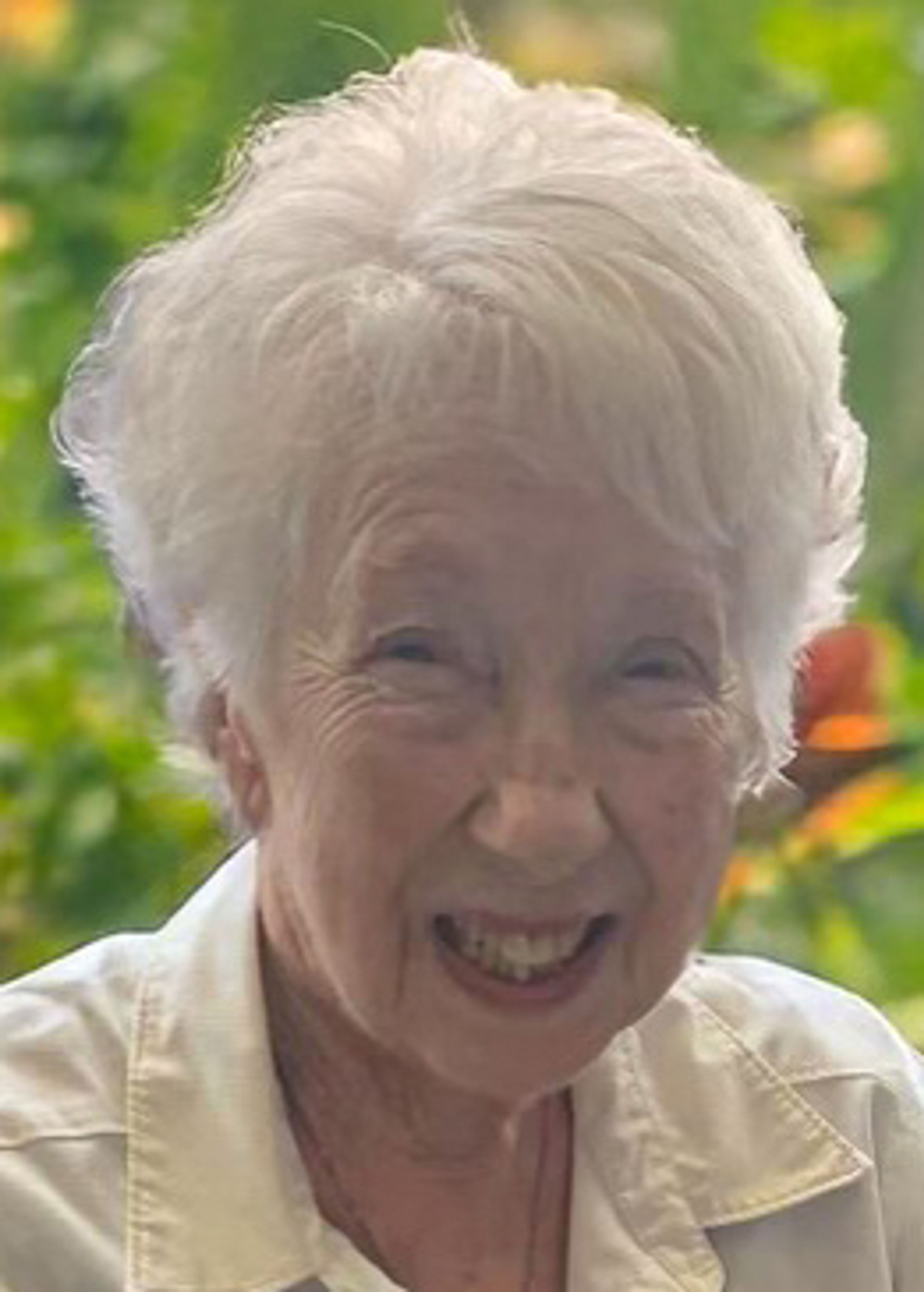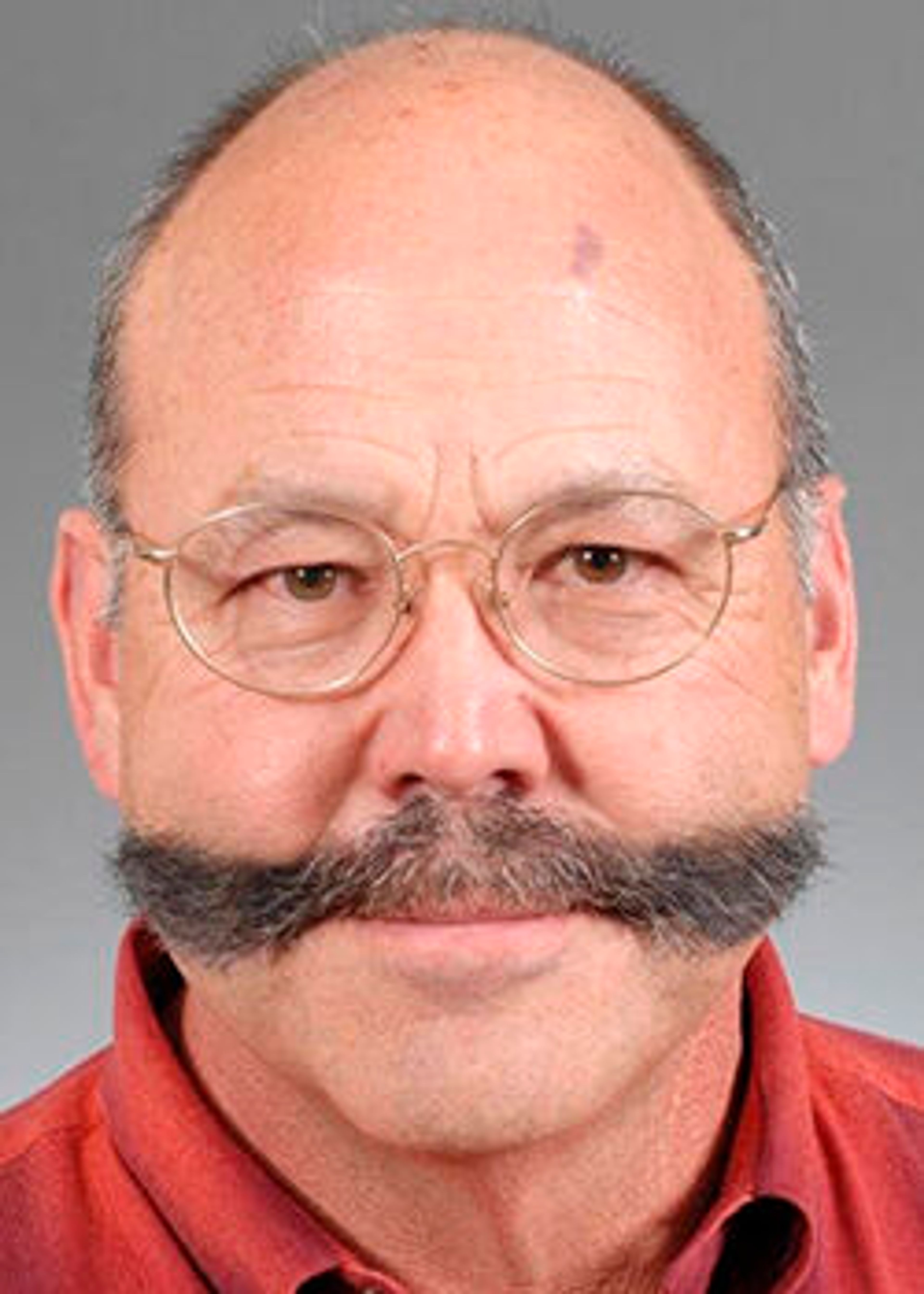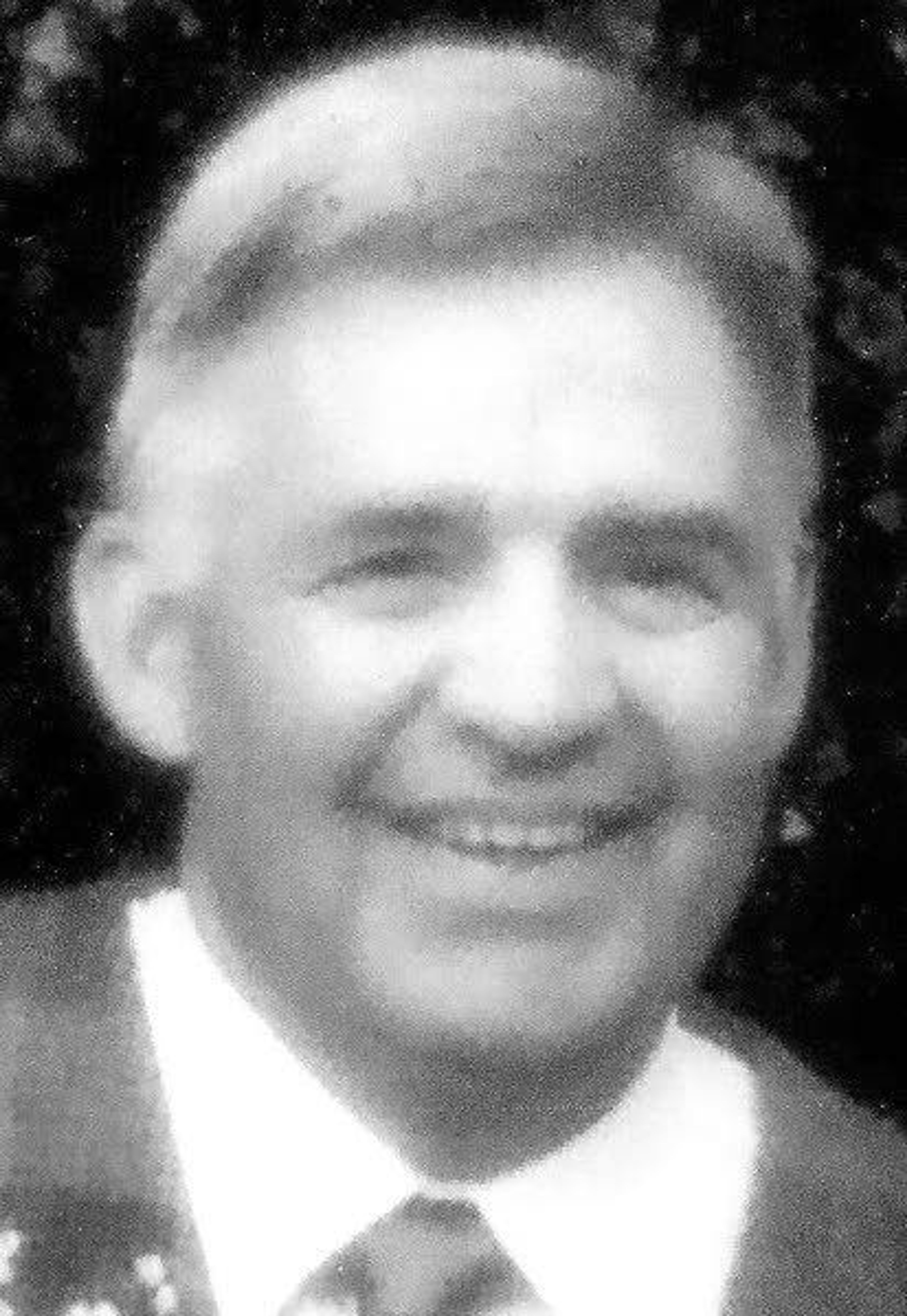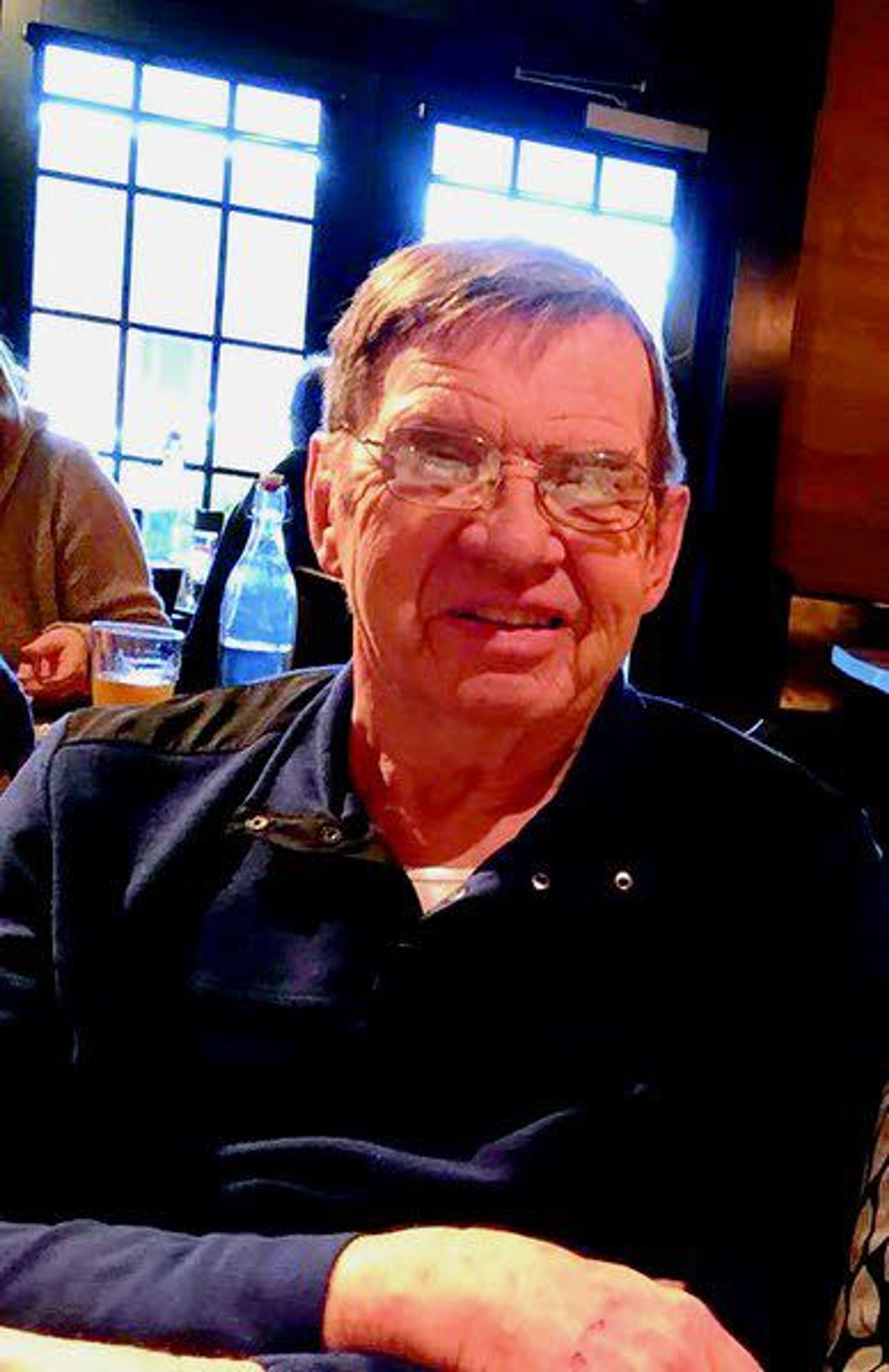Due to complications of pneumonia, William Herbert ("Bill") Snyder passed away peacefully in the company of his wife and children at Gritman Medical Center in Moscow, June 28, 2013 - two days short of his 61st wedding anniversary. His had been a full and productive life.
Born March 16, 1926, in Iowa City, Iowa, and raised in Mitchell, S.D., he was the son of William P. Snyder and Frances Hendricksen Snyder. His penchant for aesthetics and all manner of growing things manifested itself early, leading to undergraduate and graduate degrees in horticulture from South Dakota State University in Brookings and the University of Illinois, Urbana.
Asked when he became interested in plants, he said, with emphasis, "Always." As a child, his mother would hold him up to the kitchen window so he could look out on the family garden. This passion for flora never left him, resulting in richly vegetated yards - a source of wonder to many and perhaps the perplexity of some - first on Alpowa Street and later on Ridge Road in southwestern Moscow. The product of 50 years of planting and pruning, the current yard includes more than 100 plant varieties and was once featured in Sunset magazine. It was his outlet and sanctuary. His physical labors there likely contributed to his longevity. Even in the summer of 2012, while undergoing physical therapy after several strokes, he spotted a particular variety of day lily in the garden at Aspen Park Healthcare. With a little help, he was able to dig and transplant it at home, though, unfortunately, he wasn't able to enjoy its first bloom.
In 1951, he met Virginia "Vay Jean" Remacle, who had grown up in a nearby town and was studying nursing in Mitchell. As one of his colleagues put it, "He gave her the old college rush." They were married in 1952, and their first child, William, was born in Brookings in 1953. Daughter Jean followed two years later in Minneapolis, Minn., as Bill managed a commercial floral business there. Upon joining the faculty at the University of Idaho in 1956, the Snyders relocated to Moscow, and son John arrived that year. Mary completed the family in 1959.
In nearly six decades in Moscow, he has been a consistently, and quietly, creative resident of the community. Though known officially as a horticulturist and, then, landscape architect in his 29-year university career, his interests and activities exceeded those bounds. In addition to the visual arts, he loved music and read widely. A sense of history pervaded his professional activities but also led to avocations as diverse as firing flintlock pistols and unraveling the intricacies of European monarchy. A well-worn guide to the line of British royal succession was usually close at hand.
After returning to graduate school in 1963 at the University of California, Berkeley, and earning a master's degree in landscape architecture, he founded and chaired the Department of Landscape Architecture at the University of Idaho. He served for eight years on the state of Idaho Landscape Architecture Licensing Board by appointment of the governor. His landscape designs still evident in the city of Moscow include the original plan for Gritman Hospital in 1967, St. Augustine's Catholic Church and local yards and gardens. With his students and associates, he planted trees in public places and worked to beautify the city of Moscow through the decades.
While teaching, he also completed a Master of Fine Arts in sculpture at the UI, creating works for a thesis show that still provide points of focus in his yard and garden. He continued to add new works even late in life - most recently, a working sundial, the product of prolonged study of the mechanics and reckoning of time.
He was a fervent advocate of academic honor societies and, as such, was one of the founding members of Sigma Lambda Alpha (SLA), formed to recognize superior achievement by students of landscape architecture. As its first secretary, a position he held for many years, he designed a complete identity program, including an elegant logotype, letterhead, key, certificates and the original charter.
Retirement from the UI in 1985 was hardly a time of dormancy, but an invitation to new creative endeavor. Many hours in the UI jewelry lab as an emeritus professor translated into a distinctive body of jewelry pieces. During that time, he befriended and mentored many students who worked alongside him in the lab.
He and Vay traveled widely in the United States and Europe, giving them opportunities to tour the great gardens of the world. Since 1996, they have wintered in Cathedral City, Calif. In later years, he said that the only place he ever really wanted to be was at home. In addition to his extensive landscaping effort, he learned to sew, collected recipes and baked - breads, pies and, famously (or infamously), fruitcake. Made according to a recipe refined over time, it was an annual event that began in late summer. Combining painstakingly dried fruit marinated in brandy, nuts and just enough cake to hold it all together, it was a volatile conglomerate - the cause of at least one oven fire. His family will remember his candied orange peels and shortbread cookies. He took mincemeat pie literally; it didn't merit the name without an ample amount of beef and suet. In all that he attempted, authenticity was the key.
The motto he coined for Sigma Lambda Alpha, "Embrace the whole of Nature and Art; fit humankind to the Earth and the Earth to humankind," might serve as an appropriate summary of his own guiding principles and labors within the realms he worked. He was a man of many talents who wasn't easily satisfied. In word and deed, he exhorted his children and students to work hard, believing as he did that diligent effort trumped native ability in achieving the desired end. Regarding the things that most interested him, a half-hearted approach wasn't part of his nature. If he sensed those in his care were moving earnestly toward a worthy goal, he lent his full support; by the same token, if he felt someone was underperforming, he wasn't bashful about saying so.
He achieved much professionally, but he once remarked that having his family was the best thing he'd ever done. He is survived by his devoted wife, Vay, and his four children: Bill (Connie) Snyder of Salem, Ore.; Jean (Andy) Barlass of Kirkland, Wash.; John (Melissa) Snyder of Moscow; and Mary (Gary) Bruner of Mount Ulla, N.C.; a sister, Kathryn Shug and family, of Madison, Wis.; nine grandchildren: Kristin, William (Rebecca) and Daniel Snyder; Matthew and Christopher Bruner; Rachael, Charlotte, Michael and Felicity Rose Snyder; and five great-grandchildren: Liam, Isla, Wren and twins Jack and Margot.
We will always be grateful for the rich environment he helped to create and the opportunities he provided. We owe him more than we can say and will miss him greatly. He was a unique man.
In lieu of flowers, we invite you to honor Bill's life by supporting the St. Mary's School Foundation or the University of Idaho Department of Landscape Architecture.
Arrangements have been entrusted to Short's Funeral Chapel, and online condolences may be made at www.shortsfuneralchapel.net.
